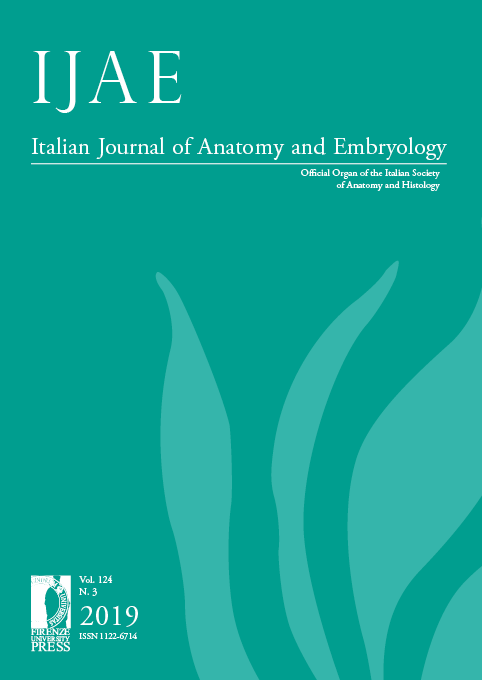Anatomical and Congenital Variations of Styloid Process of Temporal Bone in Indian Adult Dry Skull Bones
Published 2020-05-20
Keywords
- Bell’s palsy,
- dysphagia,
- odynophagia,
- facia colli,
- Reichert’s cartilage
- vascular Eagle’s Syndrome ...More
How to Cite
Abstract
Background: Styloid process of temporal bone is clinically significant, because of anatomical or congenital variations in length, number, angulations as well as close proximity to many of the vital neurovascular structures in the neck. Abnormal or congenital variations of the styloid process may compress adjacent neurovascular structures and leads to symptoms of stylalgia (Eagle’s syndrome). Aim: Accordingly this study was aimed to evaluate the anatomical and congenital variations of styloid process of temporal bone in Indian adult dry skull bones. Materials and Methods: This study was carried out on 110 dry human skulls irrespective of age and sex at Varun Arjun medical college- Banthra,-UP, Melaka Manipal Medical College-Manipal and KMCT Medical College, Manassery- Calicut. All the skulls were macroscopically inspected for the anatomical and congenital variations of styloid process of temporal bone. Photographs of the anatomical and congenital variations were taken for proper documentation. Results: Out of 110 dry human skull bones we noted very rare unusual unilateral triple styloid processes in one skull bone, unusual bilateral double styloid processes in one skull bone and unilateral double styloid processes in right side of one skull bone. Conclusion: Congenital double, triple and elongated styloid process noted in this study can leads to styloidogenic jugular compression syndrome or stylo-carotid artery syndrome or disturb the biomechanics of temporomandibular joint or compress/ irritate nearby neurological structures trigger a series of symptoms such as dysphagia, odynophagia, facial pain, ear pain, headache, tinnitus and trismus. Proper knowledge and diagnosis of anatomical and congenital variations of styloid process of temporal bone is important to anaesthetists, dentists, neurosurgeons and otolaryngologists, orthopaedic surgeons, clinical anatomist, Radiologists, forensic experts Architectures and morphologists which may increase the success of diagnostic evaluation and surgical approaches to the region.


